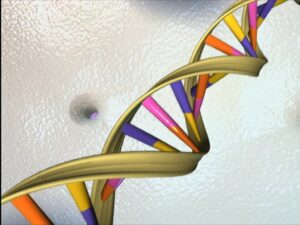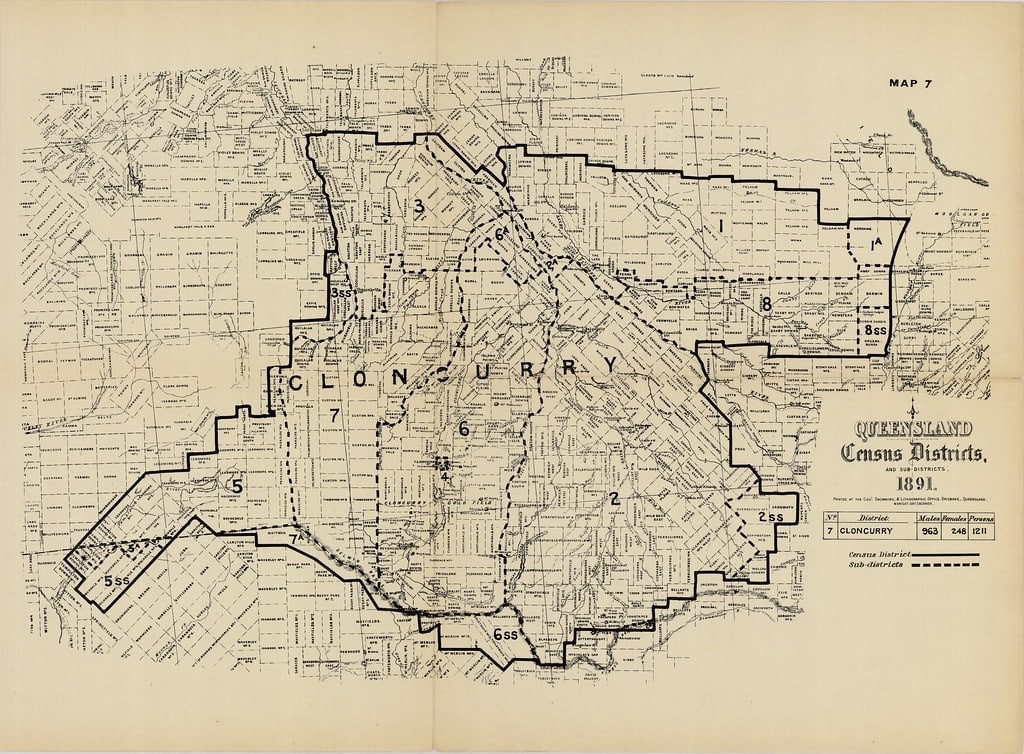DNA vs Paper Trail
 20
20May

When evaluating records, genealogists ask themselves how reliable the information is. Multiple factors impact this. How much time transpired between the event in question before it was recorded? Is it an original record or a transcription of a record? Who provided the information? Did the ancestor have reason to intentionally falsify information? Moreover, there is interpretation of the records and the evidence contained therein. Traditional genealogy research has room for error at multiple levels. Add in DNA evidence, and there is a source that never lies. DNA results will indicate how much DNA any two people share, whether or not they know they’re related. By combining DNA with traditional research, there is more potential for breaking down brink walls and confirming hypotheses. This article will explore this side of DNA research.
DNA matches
If you have ever taken a DNA test, you may have noticed that you have a list of DNA matches. This list can be quite extensive, depending on how many test takers are in the database and how many of them share DNA with you. Each match on the list will include the amount of shared DNA, either in a percentage or a centimorgan (cM) count. If you’re using a database that connects family trees, you may see trees for some of your DNA matches. The different databases have different features.
The DNA match list will state how much DNA is shared between the test taker and each match. Each amount of shared DNA has multiple possible relationships. For example, a half-aunt or uncle shares close to the same amount of DNA as a first cousin. DNA Painter’s Shared Centimorgan tool can help you predict possible relationships with shared matches.
Going off the amount of shared DNA is ultimately guesswork. The best way to determine how you’re related to your DNA match is to use traditional research and compare family trees. This takes a lot of tree building. The more filled out your tree is, the easier it will be for you to use it to identify common ancestors; add your collateral lines as well as your ancestors. Make sure it’s public and connected to your DNA results.
Some of your DNA matches will have a public tree linked to their DNA results, some have a private tree, and some have no tree linked. Where there is a tree linked, you can exam it to identify common ancestors. Be sure to check it for accuracy, making sure there’s documentation to prove every relationship.
Where there is no tree, or a sparce tree, you will need to build out your DNA match’s tree. Before doing any traditional genealogy, you’ll need to identify the test taker and their most recent deceased ancestor. Start this process by searching the match’s username on social media. This can help you identify the match and their immediate family. As you identify family members who might be deceased, look up their obituaries.
It might be cumbersome to build out the tree of every DNA match, especially if you have an extensive match list. By narrowing or clustering your matches, you can determine which ones to focus on. Building the tree of the cluster related to you through the ancestral line you’re researching can help you identify unknown ancestors on that line.

Unknown ancestors
By correlating traditional and DNA research, you can more effectively find unknown ancestors than with traditional genealogy alone. This was done in a ten-hour client project. The client had taken a DNA test and wanted help finding the father of her grandmother, who was an illegitimate child.
Cozette Blackburn was born to Nellie Blackburn in Tennessee the late 1890s. According to family lore, Nellie worked with the Jobe family, so it was suspected that one of the men in that family was the father of Cozette. No birth record was found for Cozette during the short research session. The best evidence found for her birth was from census records,[1] which gave her state of birth and collectively provided a two-year range.
A birth record would have placed Cozette and her mother at a specific time and place at the time of her birth. Both of her parents may have been at or near that place nine months prior. For Cozette to have been born, her parents had to have been in the same place at the same time to conceive her. Therefore, research focused on proving residences of the Blackburn and Jobe families.
Only one Jobe family was found in Carter County, Tennessee in the 1900 census, headed by Dudley Jobe, a farmer.[2] Based on the birth years of the children, the family had migrated from North Carolina between February 1895 and May 1896. It was recommended to the client that they find Dudley Jobe in the 1900 census, land records, directories, and tax records to get a more specific timeframe of when his family migrated.
Despite thorough searching, the ancestral Blackburn family could not be found in the 1900 census. Nellie’s death certificate stated that she died in Carter County, Tennessee, and that she and her parents were born in North Carolina. Her obituary listed her residence and that of several immediate family members in Carter County. She and Cozette were also found in Carter County on censuses from 1910 forward. It is evident that the Blackburns also migrated from North Carolina to Carter County, Tennessee.
Two families had migrated from the same state to the same county in a different state—it seems possible that they were in each other’s FAN (Friends, Associates, Neighbors) clubs. This can be verified by tracing both families back to North Carolina and determining if they lived in close enough proximity to possibly know each other. It was recommended to the client to do this with census research in the late 19th century. It was also recommended to use directories and tax records to pinpoint the specific migration dates of each family.
The missing 1890 census and the Blackburns eluding the 1900 census combine to make it challenging to trace them between 1880 and 1910. By 1910, Nellie was living with a husband, who was a stepfather to Cozette. She was not yet born in 1880 and would have been enumerated as a child in 1890 and 1900. Nellie’s obituary named her siblings but didn’t indicate when they were born. They would need to be traced on censuses in the 20th century. Any that were born prior to 1880 can then be found in that census. The thirty-year gap between censuses can then be filled with tax records and directories.
Ten hours is a short amount of time for a project of this scope, even with only the traditional research. There are two different directions to go with correlating DNA and traditional genealogy, and only one of them depends on doing the traditional genealogy first.

After showing that the Jobes and Blackburns were in each other’s FAN clubs, candidates from the Jobe family could be chosen. For each possible candidate, the client would want to trace his known descendants to find living relatives who are willing to take a DNA test. When the results of these tests come in, the next step is to evaluate the DNA shared between these test-takers and the client. DNA Painter’s Tool, What Are The Odds (WATO) can be used to predict how likely each candidate is to be Cozette’s father based on shared DNA between his descendant and the client.
The DNA research that the project focused on was clustering to determine which matches the client should focus on. The client would need to look for common ancestors whom they share DNA with through Cozette and narrow between those Cozette’s maternal and paternal cousins. The client would need to build out the trees of the DNA matches who share DNA with the client through Cozette’s father, and identify common ancestors.
Just like in the Blackburn case examined here, you can combine DNA evidence with traditional genealogy to break through your brick walls. If you need help with either side of the research problem, Price Genealogy can help.
By Katie
Resources
- All images are public domain
- https://familytreewebinars.com/webinar/the-beginners-guide-to-dna-testing-for-genealogy/?category=dna&sortby=newest
- https://www.familysearch.org/rootstech/session/top-tips-for-identifying-dna-matches
[1] 1910 U.S. federal census, Carter County, Tennessee, population schedule, Elizabethton (town), sheet no. 3A, dwelling 39, family 42, Cozett Blackburn in household of John Y Jordan; digital image, Ancestry (https://ancestry.com : accessed 1 March 2023), citing NARA microfilm collection T62, roll 1492. 1920 U.S. federal census, Carter County, Tennessee, population schedule, Seventh Civil District, Elizabethton, sheet no. 9B, dwelling 159, family 172, Virgil Hinkle household; digital image, Ancestry (https://ancestry.com : accessed 1 March 2023), citing NARA microfilm collection T625, roll 1730.
[2] 1900 U.S. federal census, Carter County, Tennessee, population schedule, 6th Civil District, sheet no. 11 B, dwelling 214, family 217, Dudley Jobe household; digital image, Ancestry (https://ancestry.com : accessed 23 February 2023), citing NARA microfilm collection T623, roll 1560.
